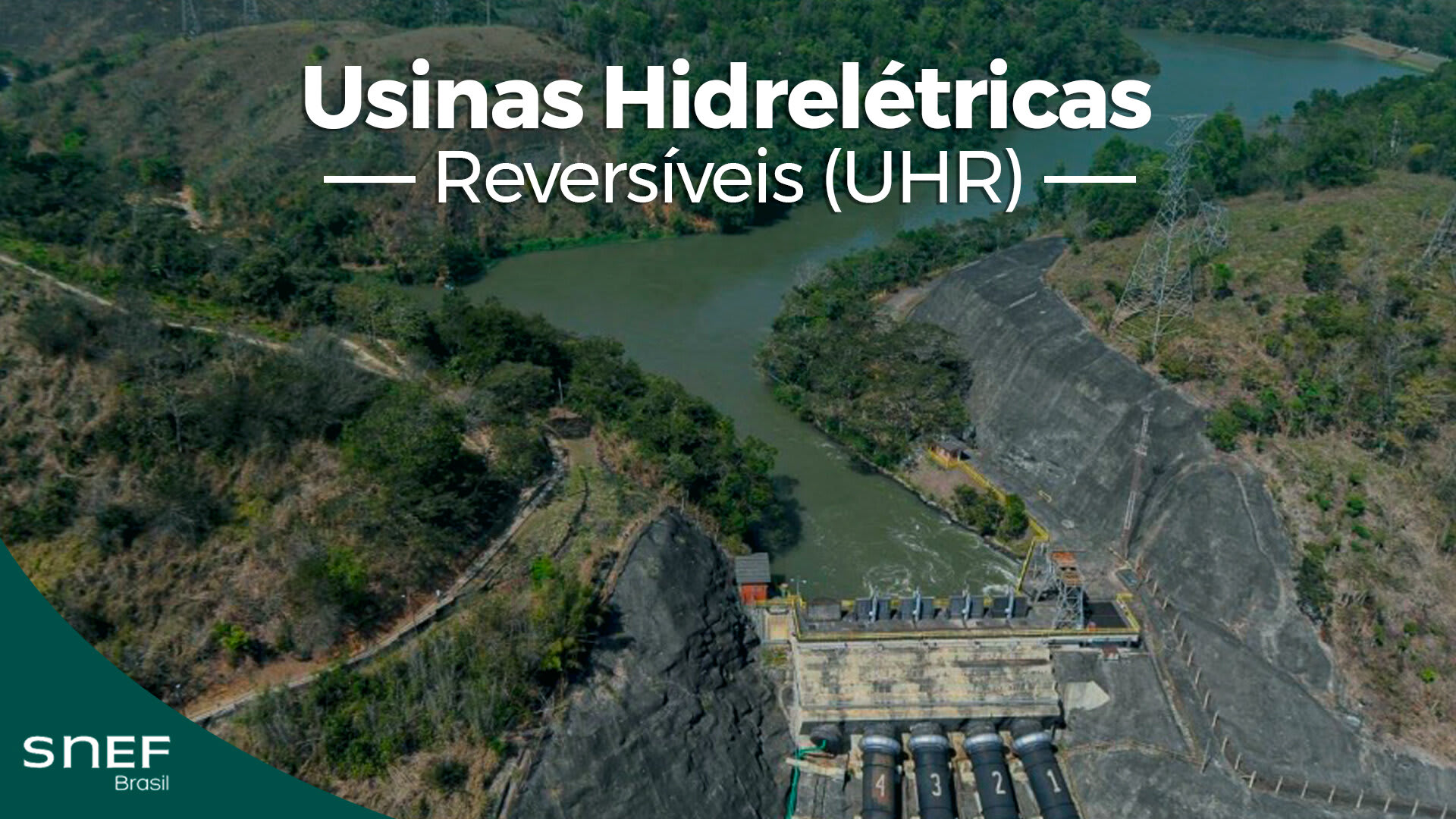Reversible Hydroelectric Plants (UHR)

Based on the existing traditional hydroelectric generation plants, reversible hydroelectric power storage technology (UHR) is also known as water pumping storage or hydraulic accumulation that has a space prominent in energy planning from various countries of the world. This accumulation system consists of water pumping from a lower reservoir to a higher reservoir during periods of small load using extra energy from any other source generating the system itself, using this water stored to move the hydraulic turbines in the generation of electricity in the hours of Maximum demand.

According to IHA-2022, the “reversible hydroelectric energy is the largest battery technology in the world, accounting for over 94% of the overall energy storage capacity, right in front of the ion batteries lithium and other types of batteries ”. IHA estimates is that hydroelectric power storage capacity should increase to about 240 GW by 2030. Reversibles are considered “water batteries in the world”.
 < /div>
< /div>
UHR implementation in the transmission system provides systemic benefits related to the economy, safety and quality of electricity supply. It is a good option to ensure an economic and sustainable expansion of the electrical system, as well as allowing system operators to integrate more variable and less flexible renewable energy resources such as wind and solar in the network. The determining factor in UHR's economic feasibility analysis is the difference between the cost of energy spent on pumping and the generated energy revenue, according to the following graph.
 < /div>
< /div>The participation of renewable energy in the global energy matrix may increase from the current percentage from 18% to 36% by 2030. This causes challenges in the operation of power generation and distribution systems. The best solution to this situation, according to Faias et al. (2009), is the storage of the surplus of electricity produced for later use taking advantage of great demand.

